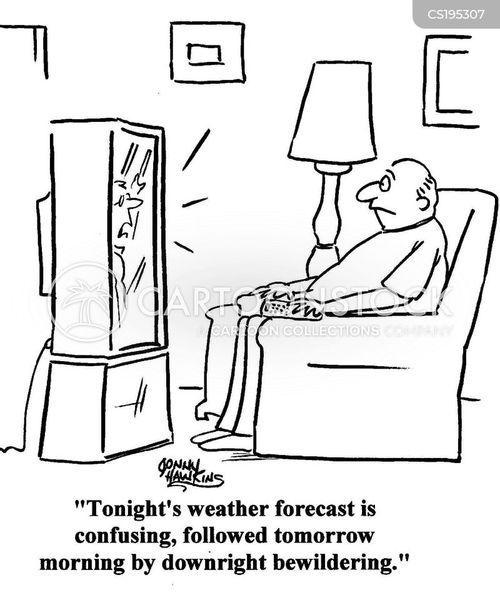

Weather proverbs: how 600 proverbs, sayings, and poems accurately explain our weather. In 1001 questions answered about the weather. T The Old farmer's almanac of weather lore: the fact and fancy behind weather predictions, superstitions, old-time sayings, and traditions. Can it really rain frogs? The world's strangest weather events. Christian, Spencer, and Antonia Felix.

In Encyclopedia of weather and climate, vol. (Scientific American) - Joe Sienkiewicz, chief of the Ocean Applications Branch and a science and operations officer with the NOAA/NWS Ocean Prediction Center, explains the scientific validity of the saying. (NOAA Earth Systems Research Laboratory) - Looks at the science behind the saying. (Univeristy of Wisconsin, Madison) - What determines the colors of the sky at sunrise and sunset?

(Nick Walker, the Weather Dude) - This website discusses weather proverbs that, under the right circumstances, hold up to science. (Earth Observatory at NASA) - This article, by Steve Graham, Claire Parkinson, and Mous Chahine discusses the history of predicting weather. Author: Science Reference Section, Library of Congress Related Websites NOAA’s National Weather Service (NWS) Collection Photo by Crew and Officers of NOAA Ship Miller Freeman. The NOAA Ship Oscar Dyson seen in heavy winds in a probable near shore williwaw. To learn more about weather lore and proverbs see the following Related Web Sites and For Further Reading sections. A morning sky that is a deep, fiery red can indicate that there is high water content in the atmosphere. NOAA Photo Library Red sky in morning, sailor’s warning.Ī red sunrise can mean that a high pressure system (good weather) has already passed, thus indicating that a storm system (low pressure) may be moving to the east. Richard Frear, photographer, National Park Service. This usually indicates high pressure and stable air coming in from the west. When we see a red sky at night, this means that the setting sun is sending its light through a high concentration of dust particles. National Park Service, NP Gallery Red sky at night, sailors delight. Red evening sky, Cape Lookout National Seashore, 2015. The shorter wavelengths, such as blue, are scattered and broken up. We see the red, because red wavelengths (the longest in the color spectrum) are breaking through the atmosphere. A red sky suggests an atmosphere loaded with dust and moisture particles. They also determine which colors we will see in the sky.ĭuring sunrise and sunset the sun is low in the sky, and it transmits light through the thickest part of the atmosphere. The amounts of water vapor and dust particles in the atmosphere are good indicators of weather conditions. The colors we see in the sky are due to the rays of sunlight being split into colors of the spectrum as they pass through the atmosphere and ricochet off the water vapor and particles in the atmosphere. Chesapeake Bay skipjacks working on the Bay late in the afternoon. This means storm systems generally move in from the West. In the mid-latitudes, the prevailing winds are westerlies. Usually, weather moves from west to east. Red sky in morning, sailor’s warning” can predict the weather, we must understand more about weather and the colors in the sky. In order to understand why “Red sky at night, sailor’s delight. Weather lore concerning the appearance of the sky, the conditions of the atmosphere, the type or movement of the clouds, and the direction of the winds may have a scientific basis and likely can predict the weather. National Park Service, NP Gallery But can weather lore truly predict the weather or seasons? Sailors and farmers relied on it to navigate ships and plant crops. Weather lore has been around since people needed to predict the weather and plan their activities. And in the morning, it will be foul weather today for the sky is red and lowering.” In the Bible, (Matthew XVI: 2-3,) Jesus said, “When in evening, ye say, it will be fair weather: For the sky is red. “Like a red morn that ever yet betokened, Wreck to the seaman, tempest to the field, Sorrow to the shepherds, woe unto the birds, Gusts and foul flaws to herdmen and to herds.” He said something similar in his play, Venus and Adonis. Have you ever heard anyone use the proverb above? Photo by Commander John Bortniak, NOAA Corps (ret). A small coastal freighter plying its way through a placid sea at sunset. Within limits, there is truth in this saying.


 0 kommentar(er)
0 kommentar(er)
